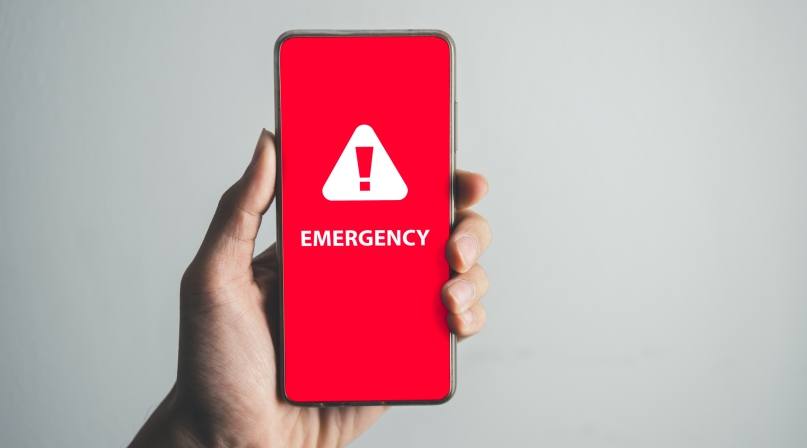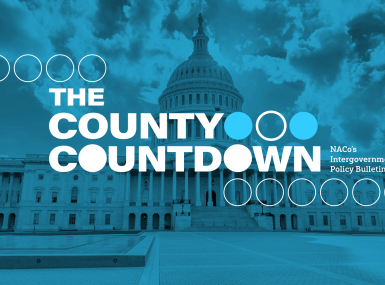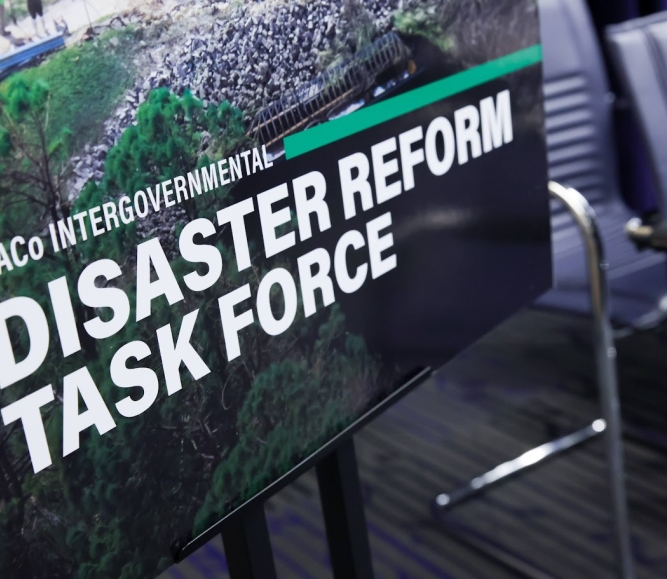FCC opens comment period on modernizing the nation's alerting systems
Author

Seamus Dowdall

Brett Mattson

Emma Conover
Upcoming Events
Related News

Key Takeaways
On August 11, the Federal Communications Commission (FCC) issued a request for public comment on the Emergency Alert System (EAS) and Wireless Emergency Alerts (WEA), to determine if alternative regulatory approaches would better maximize the usefulness, effectiveness, and resiliency of the public safety systems. The EAS and WEA are critical tools used by federal, state, Tribal, and local governments to disseminate important public safety alerts. The comment period is open for 30 days.
Read the FCC Notice of Proposed Rulemaking
What are the EAS and WEA?
The EAS and WEA are emergency public safety tools that allow federal, state, Tribal territorial, and local entities to send localized public safety alerts. The WEA delivers geographically targeted messages to mobile devices, while the EAS delivers alerts through radio and television broadcasters, cable systems, and satellite providers. These alerts may address severe weather, missing persons, evacuation alerts, or other relevant public safety emergencies.
The EAS and WEA are distributed through the Integrated Public Alert and Warning System (IPAWS), which is administered through the Federal Emergency Management Agency (FEMA). IPAWS aggregates alerts received from government entities, then distributes them to be sent out through EAS and WEA. While IPAWS is administered through FEMA, the EAS and WEA are administered through the FCC.
What is the county role in EAS and WEA?
The Commission is specifically seeking comment on the following areas that may be of interest to counties:
- Given that nearly all alerts come from government entities at the federal, state, Tribal, territorial, and local level:
- Is it important that each of these types of government agencies be able to send alerts?
- How does the ability to send alerts at different levels of government advance the objectives of the nation’s alerting systems?
- If the Commission were to incentivize greater use of EAS and WEA by local officials, would the resulting increase in alerts make the public more likely to receive life-saving alerts?
- Does alerting by local officials offer any unique benefits?
- Would an increase in local alerting increase the risk of alert fatigue, and if so, how can this risk be mitigated?
Commenters are encouraged to submit quantitative analyses, supporting data, and documentation associated with their responses. To see the full list of questions posed by the FCC, use the documents found here.
What is the county impact?
Counties are uniquely positioned to alert and respond to public safety emergencies and should maintain our ability to communicate quickly with residents. NACo encourages members to make comments based on county experiences with the EAS and WEA, and NACo will continue to monitor this proceeding at the FCC for updates.
Related News

County Countdown – Dec. 1, 2025
Every other week, NACo's County Countdown reviews top federal policy advocacy items with an eye towards counties and the intergovernmental partnership.

U.S. House Passes Reauthorization Bill for the State and Local Cybersecurity Grant Program
On November 17, the U.S. House passed a reauthorization bill for the State and Local Cybersecurity Grant Program (SLCGP).

DHS releases FY 2026 funding opportunities for World Cup and Counter-UAS grants
The U.S. Department of Homeland Security (DHS) and the Federal Emergency Management Agency (FEMA) have released the FY 2026 Notices of Funding Opportunity (NOFOs) for two major new homeland security grant programs: the FIFA World Cup Grant Program and the Counter-Unmanned Aircraft Systems (C-UAS) Grant Program.
County News
NACo disaster task force extends work into fall
NACo's Intergovernmental Disaster Reform Task Force will continue its work into the fall, following key developments including the release of the FEMA Act discussion draft and heightened engagement with the FEMA Review Council.
